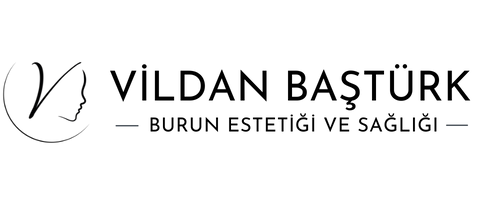We perform a simulation study from side profile to understand the wishes of our patients. This is an educational tool and not a guarantee of the results. However, it can help patients and the surgeon better communicate the goals of surgery. We do studies on curved or straight nose, lifted or more lifted nasal tip and discuss with patient The nose is more than an image and it is a living organ. With simulation study we aim the best result in line with the requests of the patient.
Most 16-year-old girls and 17-year-old boys are old enough physically for a rhinoplasty. However, a patient’s emotional maturity also plays a role in timing a rhinoplasty.. For elderly patient’s, there is no upper age limit. An elderly adult in good health may have the procedure. There have been elderly patients who had rhinoplasty surgery with minimal to no complications. The ideal age range for Rhinoplasty are patients aged 20 – 40 years old, when your facial skin is elastic and can accommodate surgical procedures with a lower complication rate.
Revision rate of rhinoplasty is between 10 and 15 percent, so rhinoplasty has about an 85 to 90 percent success rate, although this could be higher if the operation is performed by experienced surgeon on nose surgery. In our clinic for primary rhinoplasty revision rate is almost 8 percent. Revision cases and traumatic noses it is almost 15 percent.
Rhinoplasty procedure is done under general anesthesia and won’t feel any pain during the surgery. Slight bleeding and drainage of mucus are common for a few days after the surgery which might cause discomfort or pain at times. It is normal to have slight pain which is better after painkiller medicine. After 3 days all pain is gone and generally no need to take medicine.
Generally the surgery last for an average of three hours but it may change between patients. Some of the cases may last for two hours or some of them extend to five hours. Surgery finishes when we reach the targeted nose shape.
I always prefer open technique for rhinoplasty. In open surgeries, an incision is made over columella between the two nostrils. With this technique I assess best all nasal anatomy an can achieve all reconstruction maneuvers what patient needs.. The recovery of the wound made in the region where the incision is made is fully completed in 12 months. This region may vary from person to person but a scar is generally not visible to the naked eye. But it can be noticed with difficulty under a lens. But it could be visible to the naked eye in rare patients with poor wound recovery.
After rhinoplasty bruising and swelling are a normal. They are dependent on several factors related to both the surgical technique and the patient. After the seventh day, the plasters and cast are removed, the nose will look “puffy” to the patient at this time. After the second week swelling will certainly subside. Usually by 4 months, majority of the swelling will dissipate, but it may take a full year (or longer in some cases) for all of the swelling to resolve and for the final result to be achieved.
This period varies by person, and you can generally return to your normal life within 10-15 days.
